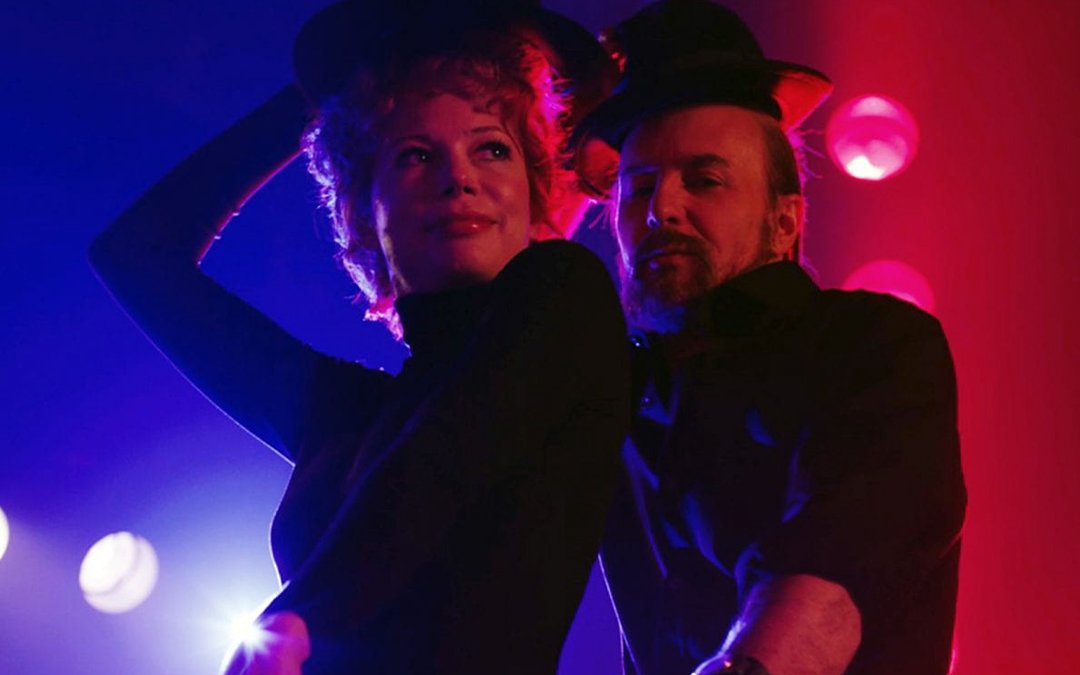Five Things Writers Can Learn From Big Little Lies
November 13, 2017
Based on the novel by Liane Moriarty, Big Little Lies has been praised by critics and audiences alike for its depiction of strong, confident and complicated women. Nominated for 16 Emmy® Awards and winner of eight, the HBO mini-series was adapted by David E. Kelley, creator of such iconic shows as Ally McBeal and Boston Legal. Here are five lessons writers can learn from Big Little Lies.
SPOILER ALERT! If you haven’t seen Big Little Lies and want to revel in its twists and turns, don’t read any further. Much of the appeal of the show centers on its many secrets, some of which will be discussed below.1. Find the drama in everyday life.
Big Little Lies shows that you don’t need fantastical, action-packed worlds to make a story intriguing. It’s filled with the drama of everyday life, the conflicts and hostilities that arise in acts as simple as having coffee with a friend, putting on a play at the local playhouse, or rehearsing for a school recital. One key location for drama is the drop-off area at the children’s school, where the characters run into each other and their various conflicts with each other are exposed. This could have been a very boring scenario, but the writer makes it a hot spot of scheming, conniving and betrayal. Sometimes the most compelling stories are the simple ones that happen to us every day, filled with the drama of human interaction.
2. Fill your world with secrets.
Everyone in Big Little Lies has a secret. Some are larger than others, such as in the case of Madeline (Reese Witherspoon) who is hiding a past infidelity, to Jane (Shailene Woodley) who is keeping the reason for her arrival in Monterey a mystery. Then there are the smaller secrets. Madeline’s husband Ed (Adam Scott) visits Madeline’s ex-husband’s new wife Bonnie (Zoe Kravitz) behind Madeline’s back, his intentions suspicious. By making even the most innocuous of characters harbor a small secret in their lives, it makes everyone a suspect, and keeps the audience guessing as to where their sympathies should lie.
3. Use a framing device to heighten tension.
At the heart of Big Little Lies, like many TV shows, is a mystery. What makes the show different is that not only do we not know who has died, we also don’t know who the suspect is, and whether it was an accident or murder. This is teased out through a framing device of the parents at the school talking to police about what happened the night of the incident. They never explicitly state who died or who may have killed them, but hint at the dark secrets of each of the characters, secrets that could implicate them in the events that occurred.
4. Put pressure on your characters.
Big Little Lies puts pressure on its characters by constantly ratcheting up the situations they have to deal with. Celeste (Nicole Kidman) is physically abused by her husband and makes every excuse not to leave him. As the series goes on, the abuse escalates to the point where Celeste’s very life may be at stake. Celeste claims that her children have never witnessed her husband’s abuse, and her main reason for not leaving him is because he is a good father. Then it is revealed that not only have the children witnessed the abuse, but one of them has already begun to act out in an abusive manner toward other children at school. The situation has now escalated to a point where Celeste has to act, and can no longer dismiss her husband’s behavior. Escalating the problems of your characters puts them in a position where they have no choice but to grow and take action.
5. Location, location, location!
Another important character in Big Little Lies is the seaside town of Monterey, California. A small, affluent community, it is a place where everybody knows everybody else's business, and the thick mists that swirl over the ocean mirror the dark underbelly of the town’s inhabitants. The swirling tumult of the characters in Big Little Lies is visually realized by shots of raging waves, and sometimes we know what a character is feeling simply by the way he or she looks at the ocean. When choosing a location for your script, think about a place that mirrors your characters’ inner lives. It will add to the richness of your story without having your characters say a word.
Written by: Final Draft




